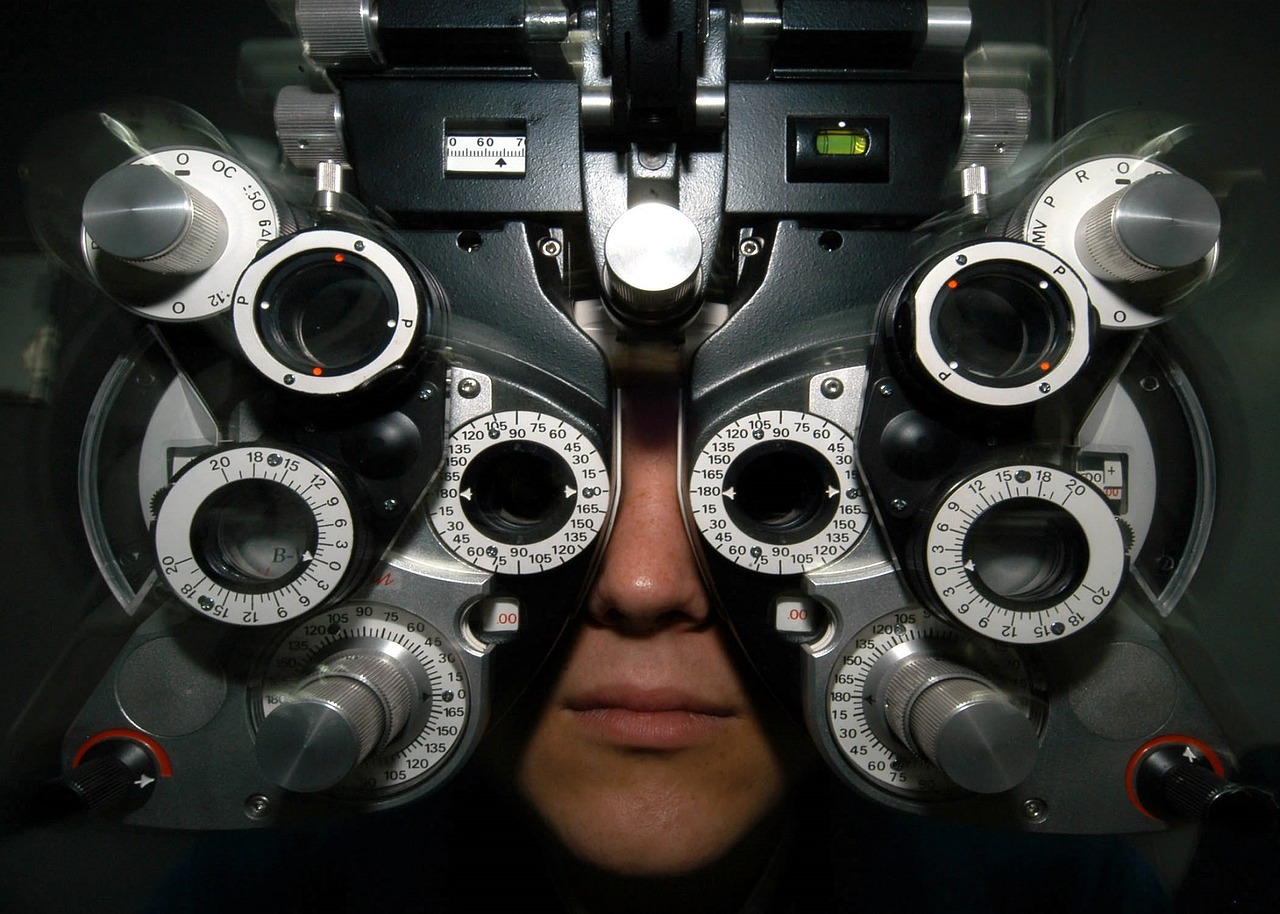
We all want to know about lifestyle when we interview for residency, fellowship, and beyond. But, many of us are afraid we will offend the sensibility of the interviewer. Will he think I’m lazy? Will she believe I will take too much vacation if I work here? I’m sure at one point, or another, these thoughts have crossed your mind.
So, in what context, can you ask these questions? And, is it ever appropriate to grill your interviewer about the lifestyle that she leads in her job? I mean that likely is one of the reasons why you are taking the position there. Or, at least, you don’t want to let on that is the reason why you are taking the job, right?
Once again I aim to please. Accordingly, I am going to delve into the hornet’s nest of the discussion of lifestyle on an interview. At what point should you avoid it at all costs? When is it appropriate to discuss? And, finally, how should you address it and what should you say?
When To Avoid Discussion Of Lifestyle
In general, unless under special circumstances, you should not broach the topic of lifestyle on that initial outing when you interview for an attending job. Think of the first interview as a “get-to-know-you” session. First and foremost, you want to discover if the place of work matches your expectations for what you want. Typically, once you introduce the subject of lifestyle issue during that first interview, you have opened a can of worms. You are saying; essentially, lifestyle is more critical than the working environment. Most likely, you do not want to relay that message on first sight!
Likewise, as a resident, most often it is inappropriate to ask an attending about lifestyle issues as a resident. First, faculty tend to know less about the day-to-day lifestyle issues of residents. So, it shows poor insight when you ask the attending about how and where they live. Try to direct these questions to a more appropriate source, your future colleagues, the residents within a program.
And finally, sometimes, you discover that you are interviewing with a person who does not seem to want to answer questions about lifestyle. Perhaps, this person is awkward or is a bit off. Is that the sort of person, you want to ask about lifestyle anyway?
When Is It Appropriate?
Of course, as an attending interviewing for a job, you need to find out more information. So, wait a bit. Get a feel for the practice. If you have already had your first interview, then you can start thinking about lifestyle questions. Vacation and call issues become more important once you have established that this place may work for you.
Or, perhaps, you are sitting down at the table at lunch with future resident colleagues. This time would be perfect for broaching the topic of lifestyle. Do residents always eat together? That’s certainly an appropriate question at this point in the day.
And then finally, sometimes the interviewer may ask you a question that can lead you into discussing a lifestyle issue. For instance, he may want to know how you tend to enjoy your vacations. That could appropriately stimulate discussion on the topic since the interviewer essentially permitted you to discuss it.
Best Way To Address The Issue
Once you have established that you think that you will fit in with a residency or practice, it pays to be tactfully forthcoming. At that point, you can ask the interviewer if they receive extra “administration” or half days. Or, you can find out about which days may lead to easier rotations. The information that you collect from this place may further inform your decision down the road to choose where you want to work. Use your best judgment. You have gotten this far!
If you feel less comfortable, you can also always sidle your way into the conversation. A statement like the following For instance, after you see a picture of the radiologist in Bora Bora on the reading desk, the following statement would undoubtedly work- “I see that you like to go away to Bora-Bora. How often do you take that trip?” That would be a non-offensive way of beginning to broach the topic. And, it can lead to more detailed information.
Another non-intrusive question that I like and can work to get a feel for the “corporate culture”: “Do the partners/residents like to go to dinners together?”. This question establishes whether or not the partners get along well enough to host events together.
Bottom Line About Discussing Lifestyle On Interviews
Understanding the corporate lifestyle is a critical piece of data that you need to decide whether the radiology practice or residency works for you. Nevertheless, it can become a sensitive topic. Delivered at the wrong time, it can relay a lousy impression that may prevent you from getting that next great position. So, be sure that you mention the subject at the appropriate time to the correct individual. And phrase these questions non-offensively. Tread lightly, my friends!
















